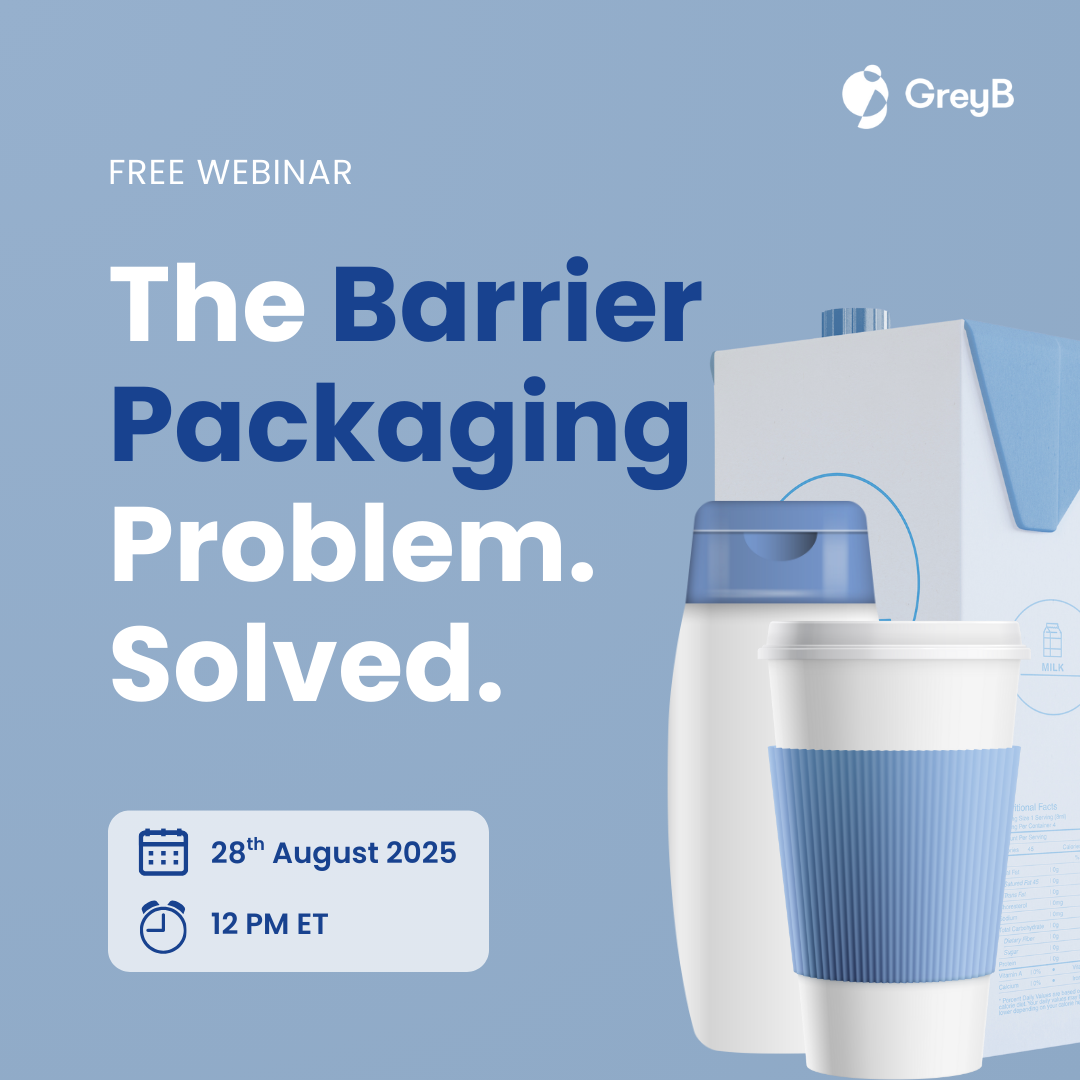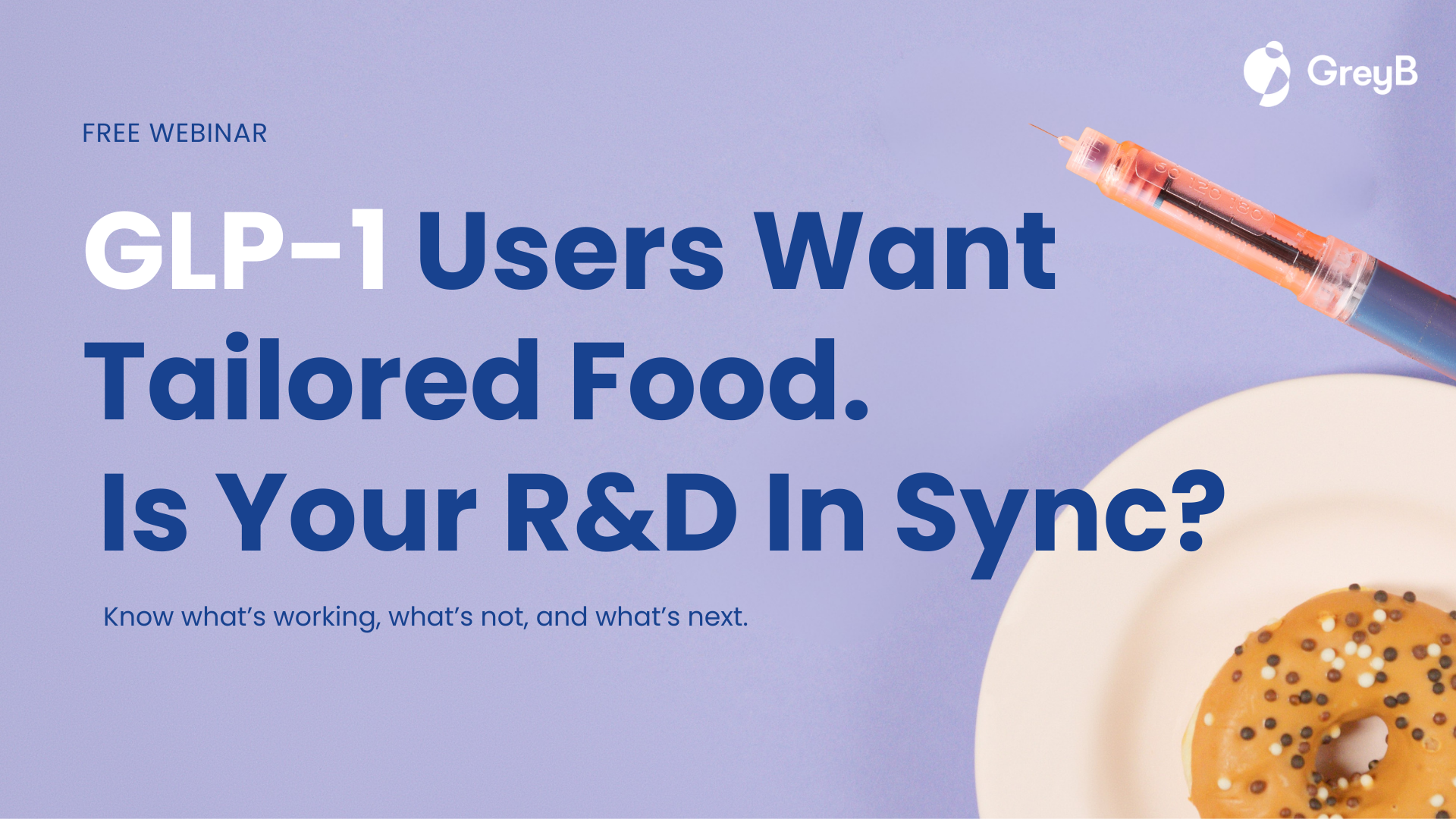Food, beverage, cosmetics, and pharma rely heavily on functional barrier packaging, but when it comes to multi-cycling or recycling, the technology faces a huge innovation gap. Today’s oxygen, grease, and mineral oil migration barriers either fail after repeated washing or can’t be recycled at scale. The push for PFAS-free, food-safe coatings has only made the gap more visible.
With the EU’s PPWR mandating 100% recyclability by 2030 and new U.S. EPR laws rolling out across states, R&D teams need to develop functional barriers that balance sustainability and performance.
7 U.S. states
have enacted EPR laws with compliance phases starting as early as 2025.
By January 1, 2030
only packaging classified as recyclable can be placed on the EU market.
~9.6%
increase in growth projection for the global barrier coatings by 2034.
This webinar will help you find answers to:
Regulatory Pressure:
- Which functional barrier innovations are already in pilot production and could help you meet both EPR and PPWR targets without sacrificing performance?
- Where are regulations setting the steepest performance requirements by 2030?
Competitive Edge:
- Players like Mondi, Amcor, and Huhtamaki are already piloting recyclable barrier solutions that replace EVOH and aluminum layers. Who’s leading, and what technical pathways are they betting on?
R&D Focus:
- Plant-based tech and mono-material EVOH show the most promise in multi-cycle barrier packaging. Who are the front-runners in these areas, and what do patent and R&D signals reveal about them?
- Strategies to balance compliance, cost, and product protection in your R&D roadmap.
Circular Design Shifts:
- How are innovations in coatings, laminates, functional additives, and bio-based polymers closing the gap between high-barrier protection and recyclability in food, pharma, and cosmetics packaging?
Industry Partnerships
- How are early-mover companies partnering with suppliers to develop bio-based coatings and mono-material solutions that still meet oxygen and moisture barrier needs?
The next five years will decide whether you lead in circular packaging innovation or struggle to catch up.
Uncover solutions closing the functional barrier innovation gap before 2030.






